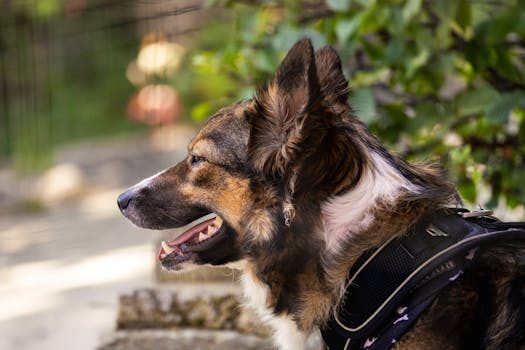Traveling with your beloved pet can be a wonderful experience, but it also requires careful planning and understanding of pet immigration regulations. As a pet parent in the 25-45 age range, you know the importance of ensuring your furry friend’s comfort and safety during travel. Whether it’s for an outdoor adventure or simply relocating, this guide will help you navigate the essential steps and requirements for pet travel within the EU, focusing particularly on Spain.
How do I understand pet immigration regulations?
Understanding pet immigration regulations is crucial for smooth international travel with your pet. These regulations are put into place to ensure the safety of pets and the countries they enter. They include a set of rules regarding identification, vaccinations, and documentation that must be followed.
First and foremost, familiarize yourself with the regulations of your destination country. Each country has its own set of rules that you will need to comply with. If your travels are taking you to the EU, you’ll have to meet specific standards such as microchipping and obtaining a pet passport.
It is also essential to consider the species, breed, and health of your pet since some breeds may have additional restrictions, and younger or older animals might need special care.
What are the requirements for bringing pets to Spain?
If you’re planning a trip to Spain with your furry companion, be aware that Spain, like other EU countries, has specific pet travel requirements. These include having your pet microchipped with an ISO 11784/11785 compliant 15-digit pet microchip and ensuring that your pet has been vaccinated against rabies.

Pets must also have a European pet passport or a health certificate if coming from outside the EU. Spain, in particular, requires certain health certifications, especially for pets under 15 weeks old.
Remember that these regulations apply to a maximum of five pets. If you plan to travel with more, additional documentation will be required to prove that the movement is non-commercial.
How can I get an EU pet passport?
Obtaining an EU pet passport is a key step for seamless travel with pets within the European Union. This document records all the important information about your pet, including identification and vaccination history.
To acquire one, visit a licensed veterinarian who will ensure your pet is microchipped and vaccinated against rabies. After these steps are completed, the vet will issue the pet passport, which you should keep with you during your travels.

Make sure that all the information in the passport is up-to-date and that you understand the timeline for rabies vaccine validity – as this can impact your travel plans.
What are the key regulations for non-commercial pet movements?
When traveling with pets for personal reasons, you need to be aware of the regulations for non-commercial pet movements. These regulations are designed to distinguish between private pet owners and those moving animals for sale or commercial reasons.
A declaration confirming the non-commercial nature of the travel is often required. This could be a simple signed statement that the movement of the pet is not for sale or transfer of ownership.
Other requirements include the pet accompanying their owner or an authorized person. In case the owner cannot travel with the pet, written consent must be provided for another individual to transport the pet on their behalf.

How to transport my pet safely within the EU?
When it comes to transporting your pet safely within the EU, planning and preparation are key. Choosing the right carrier, ensuring your pet is comfortable, and knowing the rules of the transport company are essential steps.
Ensure that your pet carrier is IATA compliant and that it has proper ventilation, secure locks, and enough space for your pet to stand and turn around comfortably.
Before embarking on a long journey, acclimate your pet to their carrier. You can do this by allowing them to spend time in it with their favorite blanket or toy.
Always provide sufficient food and water for your pet and consider their bathroom needs, especially on longer trips. Make sure to check if the transport company has specific rules or restrictions regarding pet transport.

What health certifications are needed for pets traveling to and from Spain?
When traveling to and from Spain, there are specific health certifications needed for pets. In addition to the standard microchip and rabies vaccine, you may need additional documents depending on your country of origin or destination.
- A health certificate issued by a vet within 10 days of travel.
- Tapeworm treatment documentation for dogs, if coming from certain countries.
- For pets under 15 weeks old, special certifications are required that adhere to Spain’s regulations.
Keep in mind that these certifications are not just bureaucratic hurdles; they help protect the health of your pet and other animals in Spain.
Traveling with pets can be a smooth experience if you do your homework and prepare well. Understanding and adhering to pet immigration regulations will ensure that your adventures with your pet are both enjoyable and trouble-free. Remember, a well-prepared pet parent is a pet’s best friend, especially when crossing international borders.
